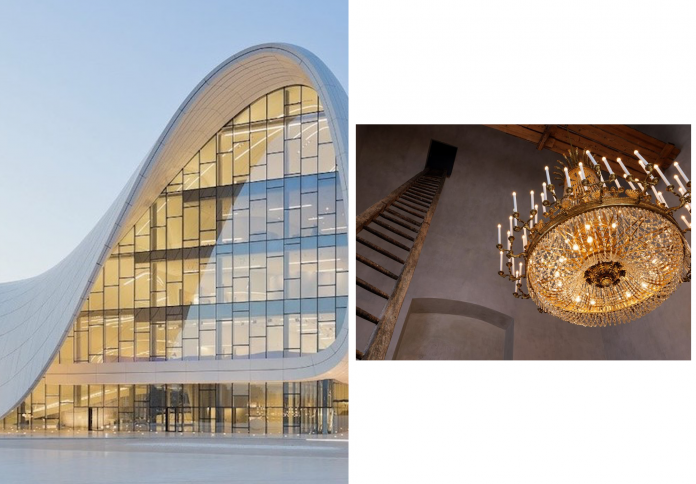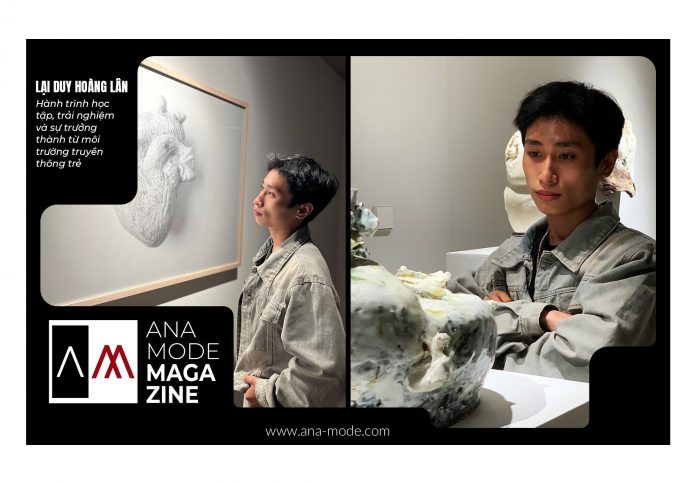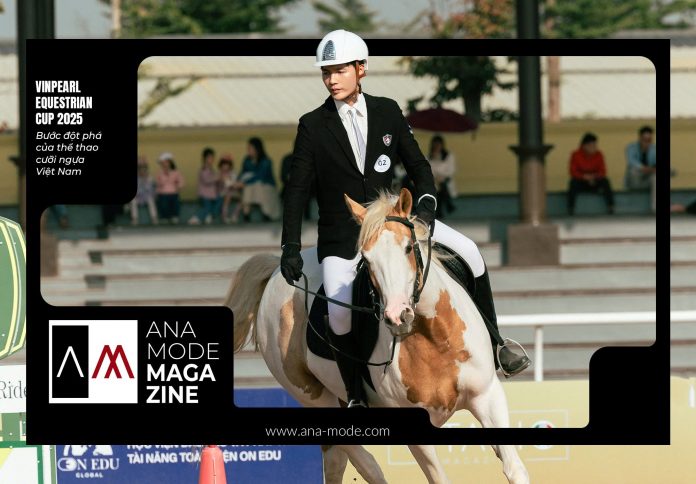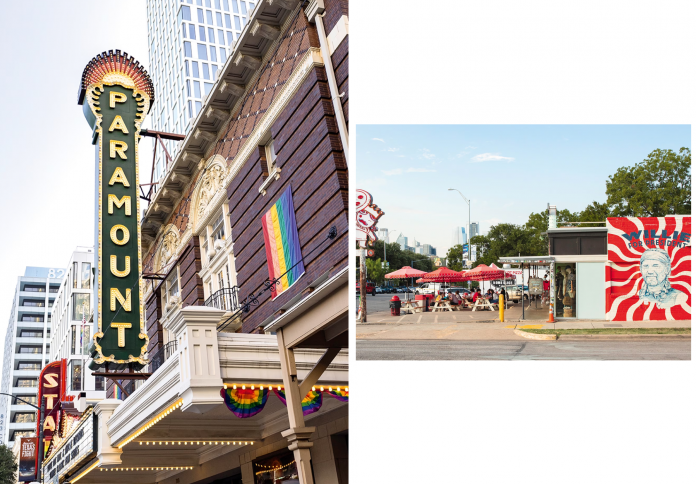In a culture addicted to speed—from fast fashion to instant gratification—architecture critic Phineas Harper argues that the industry’s widespread ambition to find faster ways to build is fundamentally misguided. Drawing parallels between “fast architecture” and its consumer counterparts like fast food, Harper contends that acceleration inevitably leads to a less fulfilling outcome, often prioritizing shareholder profits over authentic placemaking and ecological integrity. The pursuit of speed, embodied by modern methods of construction like 3D-printed neighbourhoods, often results in structures that are “bulbus, unresolved and bland,” causing their capacity for character and variety to “instantly evaporate.” Harper asserts that, instead of hurtling towards a crash driven by industrial expansion, the industry must proactively embrace a slower, more careful approach that prioritizes well-being, longevity, and genuine engagement with place.
The Cultural Addiction to Acceleration
Modern life is defined by a relentless obsession with quickness. This cultural imperative is evident everywhere, from the instantaneous nature of 5G and instant messaging to the deceptive “guile” of Artificial Intelligence, whose primary appeal often lies not in the quality of its output but in the “unbelievably short amount of time” it takes to produce it. This speed addiction has deeply permeated the architecture and construction industries, where finding faster ways to build has been a persistent ambition for decades.

This pursuit has historical roots, dating back to innovations like the world’s first prefabricated hospital built for the Crimean War in 1855, demonstrating that rapid construction could save lives. Similarly, the entire high-tech movement was founded on the belief that factory-produced architecture would be “bigger, better and faster” than relying on traditional, slower methods. Even today, the continued government and industry focus on “modern methods of construction” is a synonym for speedy pre-fabrication. However, Harper warns that today’s iteration of speed-based innovation, if unchecked, is less about noble efficiency and more about a cultural chase for high-octane fixes that may be “hurtling us toward a crash.”
The Vices of “Fast Architecture”: The 3D-Printing Case Study
Harper identifies modern 3D-printing in construction as the prime contemporary example of “fast architecture,” arguing that its promises of sustainability are often secondary to the primary goal: maximizing profit. The new 100-home 3D-printed neighbourhood in Georgetown, Texas, co-designed by BIG and built by ICON, is a case in point. While the builders boast of building each house in three weeks or less and cutting costs by roughly 30 per cent, the results on the ground are less revolutionary.
Despite the striking efficiencies, the houses are only marginally cheaper than local averages, and the surrounding streetscape is described as being “just as banal, car-dominated and starved of public generosity as any other sterile American suburb.” This outcome suggests that the saved money was not invested in creating communal facilities or increasing affordability, but rather in maximizing shareholder profits. Furthermore, the sustainability claims by ICON, which assert a minimal reduction in embodied carbon over a hypothetically rigged timber comparison, highlight that for multi-million-dollar investors, the main appeal is the promise of using speed to slash costs without reducing revenues.
The Richness of Slowness: The Mariazell Basilica Precedent
In stark contrast to the rapidly built, unfulfilling nature of 3D-printed architecture, Harper presents the work of Austrian firm Feyferlik/Fritzer at the Mariazell Basilica as a powerful precedent for slow architecture. For over three decades, the architects have been engaged in a gradual, forensic process of upgrading the 17th-century Catholic pilgrimage site. This project began with a modest commission for wall-mounted lamps and has evolved into a sophisticated hybrid of deft, characterful adjustments.
The richness of this Basilica project, which won the Architecture Prize of the Province of Styria in 2019, stems directly from its slowness—a product of a long-term relationship between the client, the architect, and the place. The slow pace allowed the team to introduce new and surprising spaces for art, display precious collections for the first time, and scatter “delicious details” throughout the vast church. This work proves that an absence of rush allows for an idiosyncratic, unostentatious architectural language that is “infinitely richer than anything spurted out of the nozzle of a 3D-printer,” resulting in an immensely dynamic building that will “continue to evolve and delight for years to come.”
Slowing Down: An Inevitable Challenge for Architecture
Harper concludes that the demand for slowness is not a fringe theoretical experiment but the “vanguard of an increasingly confident international movement.” This call echoes the Copenhagen Architecture Biennale’s banner, “Slow Down,” and the 2017 Oslo Architecture Triennale, which explored the strategic slowing of both architectural production and the wider economy through the concept of degrowth.
For architecture and society at large, the choice is clear: as Copenhagen Biennale director Josephine Michau posits, “It’s not ‘when will it slow down,’ it’s ‘how will it slow down’?” The path of acceleration, driven by the relentless pursuit of GDP growth, leads toward a crash as industrial expansion inevitably collides with planetary limits. The alternative, and the most exciting challenge facing the profession, is to actively wean itself off this addiction. This means pursuing slower, more careful approaches that prioritize wellbeing and ecology over speed and shareholder profits, choosing to “take time and improve” rather than follow the disruptive tech mantra to “move fast and break things.”










